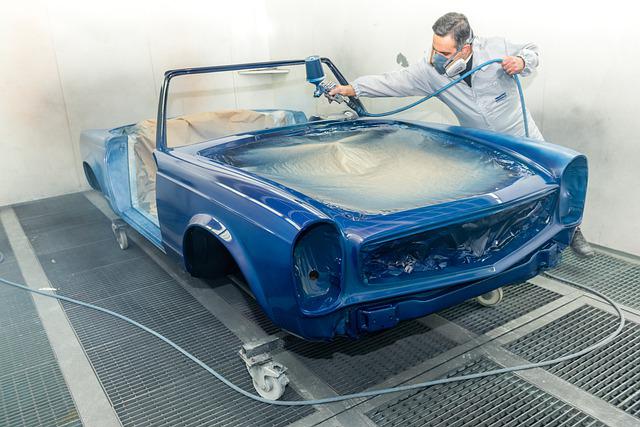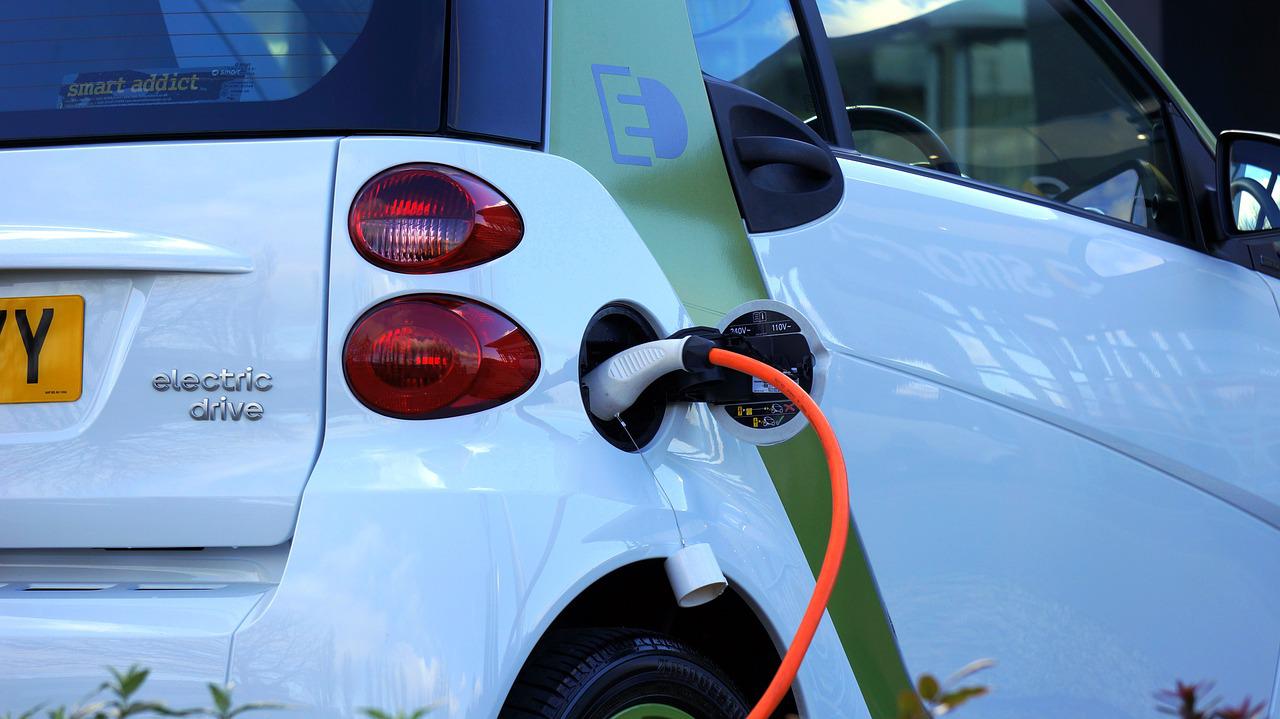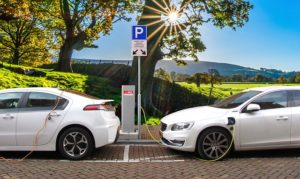Buckle up and get ready to take a ride into the future! Self-driving cars have long been a dream of science fiction, but they are quickly becoming a reality in today’s world. Imagine cruising the road without touching the steering wheel, with your safety guaranteed and your stress levels minimized. The promise and potential of self-driving cars are boundless, offering us a glimpse into exciting and revolutionary tomorrow. Let’s explore how these futuristic vehicles are set to transform our lives in ways we never thought possible.
Safety Improvements
 Safety is a top priority when it comes to self-driving cars. With advanced sensors, cameras, and artificial intelligence technology, these vehicles are designed to minimize human error on the road. By constantly monitoring their surroundings and reacting swiftly to potential hazards, self-driving cars have the potential to significantly reduce accidents caused by factors like distracted driving or fatigue. The data collected by autonomous vehicles can also be used to improve overall traffic safety. Developers can make informed decisions to enhance road infrastructure and implement preventive measures by analyzing behavior patterns and identifying high-risk areas.
Safety is a top priority when it comes to self-driving cars. With advanced sensors, cameras, and artificial intelligence technology, these vehicles are designed to minimize human error on the road. By constantly monitoring their surroundings and reacting swiftly to potential hazards, self-driving cars have the potential to significantly reduce accidents caused by factors like distracted driving or fatigue. The data collected by autonomous vehicles can also be used to improve overall traffic safety. Developers can make informed decisions to enhance road infrastructure and implement preventive measures by analyzing behavior patterns and identifying high-risk areas.
In the event of an unavoidable collision, self-driving cars are programmed to prioritize the safety of passengers and other road users. Their ability to calculate optimal braking distances and trajectories in real time could save countless lives in emergencies.
Increased Accessibility
Imagine a world where getting from point A to point B is not just convenient for some but accessible to all. Self-driving cars have the potential to revolutionize transportation by providing increased accessibility to individuals with limited mobility or disabilities. With autonomous vehicles, those with difficulty driving can now experience newfound independence and freedom. Whether it’s running errands, visiting friends and family, or simply enjoying a scenic drive, self-driving cars offer a level of autonomy that was once only a dream for many. By removing the barrier of needing a driver’s license or relying on public transportation schedules, self-driving cars open up endless possibilities for individuals who previously faced transportation challenges. This technology has the power to level the playing field and ensure that everyone has equal access to safe and reliable transportation options.
Traffic Efficiency
Imagine a world where rush hour traffic is a thing of the past. Self-driving cars have the potential to transform our daily commute by optimizing routes and reducing congestion on the roads. With advanced technology, self-driving cars can communicate with each other to coordinate lane changes and merge seamlessly, resulting in smoother traffic flow. This not only saves time but also reduces fuel consumption and emissions. Traffic signals could become obsolete as self-driving cars navigate intersections without the need for stopping, leading to a more efficient use of road space. Imagine never having to sit at a red light again.
Shared Mobility Services
 Imagine a world where transportation is not just about owning a car but sharing one with others. Shared mobility services are revolutionizing the way we think about getting from point A to point B. These shared services will become even more convenient and cost-effective with self-driving cars. Picture summoning a vehicle with just a tap on your phone, knowing it will arrive at your location within minutes. These services will reduce the need for individual car ownership and decrease traffic congestion and emissions.
Imagine a world where transportation is not just about owning a car but sharing one with others. Shared mobility services are revolutionizing the way we think about getting from point A to point B. These shared services will become even more convenient and cost-effective with self-driving cars. Picture summoning a vehicle with just a tap on your phone, knowing it will arrive at your location within minutes. These services will reduce the need for individual car ownership and decrease traffic congestion and emissions.
It’s all about maximizing efficiency and minimizing waste in our transportation systems. While there are still challenges to overcome before self-driving cars become mainstream, it is clear that they represent a transformative shift in how we move from place to place. With continued innovation and collaboration between stakeholders, the vision of autonomous driving becoming an everyday reality is closer than ever before. The horizon looks bright as we step into this new era of transportation, with self-driving cars leading the way towards safer, more accessible, and efficient roads for all.…





 Before you decide to repaint your car, it’s essential to understand the pros and cons of doing so. By learning about the potential risks and rewards associated with repainting your vehicle, you can make an informed decision that’s right for you. One of the biggest advantages of repainting your car is that it can help protect the vehicle’s body from rust and other forms of damage. If your car is showing signs of wear and tear, a fresh coat of paint can go a long way toward making it look new again. In addition, repainting your car can also be a great way to customize its appearance.
Before you decide to repaint your car, it’s essential to understand the pros and cons of doing so. By learning about the potential risks and rewards associated with repainting your vehicle, you can make an informed decision that’s right for you. One of the biggest advantages of repainting your car is that it can help protect the vehicle’s body from rust and other forms of damage. If your car is showing signs of wear and tear, a fresh coat of paint can go a long way toward making it look new again. In addition, repainting your car can also be a great way to customize its appearance. It is vital to note that not every paint that claims to be the best automotive paint is actually the best for your car. You should consider what kind of paint is best suited for the make and model of your car as well as its age. For example, newer cars usually have a basecoat/clearcoat system, while older cars may have a single-stage paint job. If you are unsure, you can always consult with a professional. Another important consideration is the type of paint finish you want. The three most common types of finishes are gloss, semi-gloss, and matte.
It is vital to note that not every paint that claims to be the best automotive paint is actually the best for your car. You should consider what kind of paint is best suited for the make and model of your car as well as its age. For example, newer cars usually have a basecoat/clearcoat system, while older cars may have a single-stage paint job. If you are unsure, you can always consult with a professional. Another important consideration is the type of paint finish you want. The three most common types of finishes are gloss, semi-gloss, and matte.
 The definition of an electric car is a 4-wheeled vehicle that is powered entirely by electricity. Electric cars are powered by batteries, which store electrical energy in chemical form. This energy is converted into mechanical energy, which turns the wheels of the car. Electric cars have many benefits over traditional gasoline-powered cars, and we will touch on that in the point below.
The definition of an electric car is a 4-wheeled vehicle that is powered entirely by electricity. Electric cars are powered by batteries, which store electrical energy in chemical form. This energy is converted into mechanical energy, which turns the wheels of the car. Electric cars have many benefits over traditional gasoline-powered cars, and we will touch on that in the point below. With how the current global market and economy are, it seems as if electric cars are the future of transportation. They have many benefits that outweigh their challenges. It is important to understand electric cars before they take over the market. What are your thoughts? Do you think electric cars are the future of transportation? Let us know in the comments below.…
With how the current global market and economy are, it seems as if electric cars are the future of transportation. They have many benefits that outweigh their challenges. It is important to understand electric cars before they take over the market. What are your thoughts? Do you think electric cars are the future of transportation? Let us know in the comments below.…